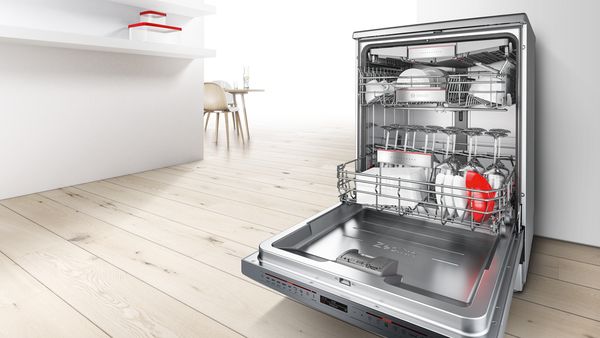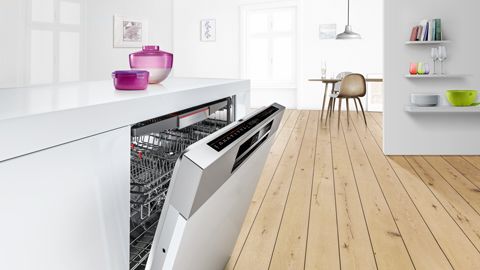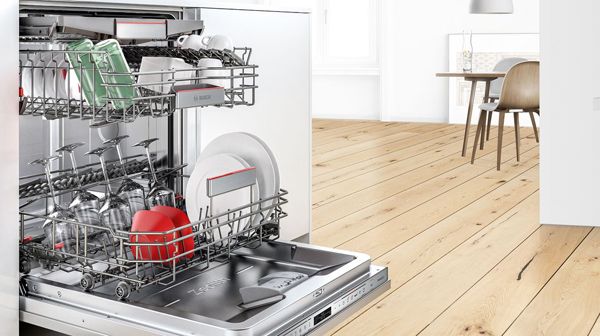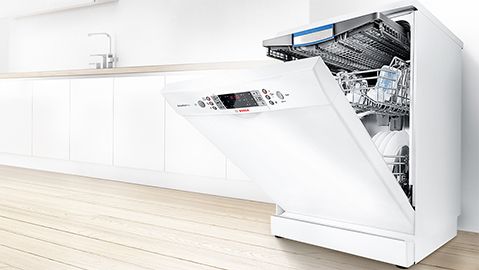Not getting the results you expected from your dishwasher?
Our dishwashers go through 485 rigorous quality checks before leaving the factory to ensure you get the highest quality results possible. Nevertheless, your tableware can sometimes come out in a way you didn’t expect. Most of the time, there’s a simple reason that’s easily resolved. Have a look at our tips below to find out how you can get the very best results every time.
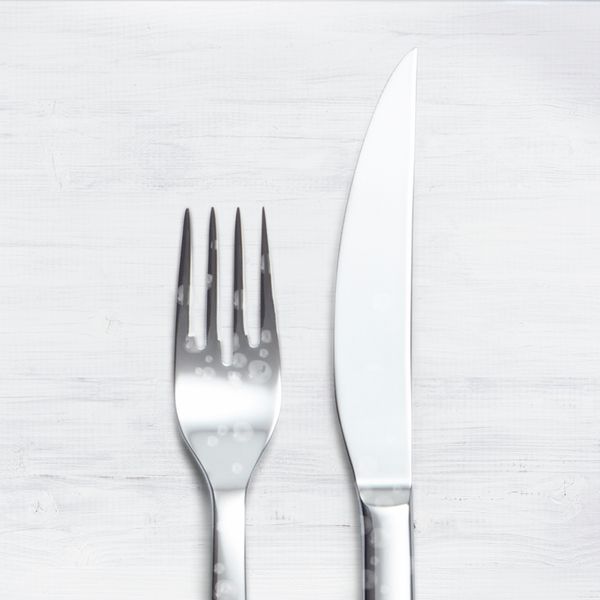
Getting everything perfectly clean.
If you’re getting white starch deposits on your crockery, dishes or cutlery, make sure that your dishwasher is loaded correctly and not over-stacked. Check that the spray arms can spin and that they aren’t blocked. If the outlet nozzles are clogged with food residue, for example, you can clean them under the tap and clear the holes with a cocktail stick. And finally, be sure to select the right programme and wash cycle for your load.
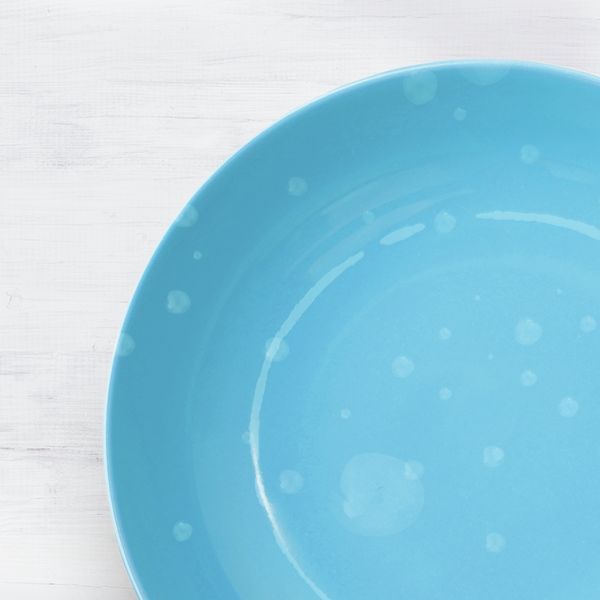
Preventing lime scale residue.
Lime scale residue on your dishes and plates is usually due to a low salt level and/or the incorrect water hardness setting. Check your water hardness using our test strips and adjust your machine accordingly. And make sure there’s enough salt in the machine for spotless results.

Get your glassware sparkling.
Water droplets on your glassware? Make sure that there’s enough rinse aid in the dispenser and that items are stacked in a way that allows water to run off freely. To prevent streaks and smears on your delicate glasses, check that the detergent dosage is correct – smears often result from an overdose of rinse aid. Your manual will tell you how to set this correctly.
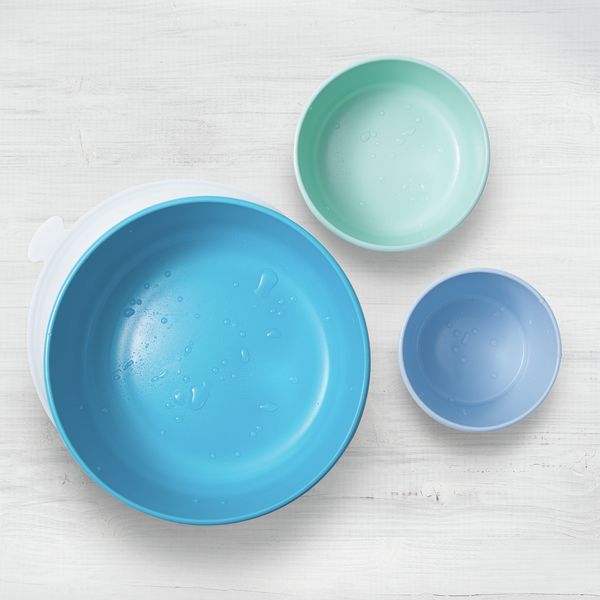
Getting things really dry.
Things not coming out as dry as they should be? Be sure to stack items in the dishwasher in a way that water can run off them freely and check the rinse aid level. For plastic items, use the extra dry function if your model has it.

Crockery not what it’s cracked up to be?
If your crockery still has yellow/brown residues on it after washing, check that the detergent dosage is correctly set. These residues are usually caused by insufficient detergent. For milky-white residues, refill the water softener and check that the water hardness is set correctly. If the pattern is fading, check that your crockery is dishwasher safe.

Putting hygiene first.
Hygiene is essential in every household, and especially so in those with young children or allergy sufferers. With our Hygiene Plus setting, the rinse temperature is increased to give you even greater safety and peace of mind.
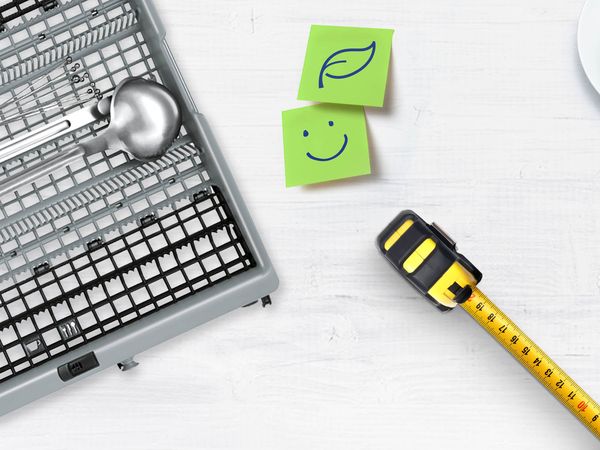
Dishwashers – Everything You Need to Know
You've done the cooking, and now comes the cleaning. Dishwashers offer the easiest and speediest cleanup. From choosing a suitable dishwasher to maximizing its capabilities, read on to find out all you need to know about this kitchen lifesaver!

